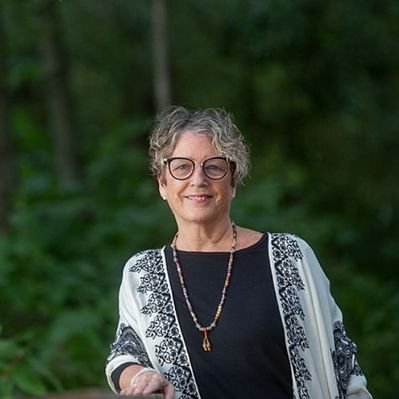When it comes to learning how to play online slots and win, there are a few key tips that you should keep in mind. These include the amount of money you should bet, the minimum bet requirement to qualify for the jackpot, and the return to player (RTP) that you will get.
Minimum wager requirement to qualify for a jackpot win
Most online casinos will require you to meet wagering requirements before you can claim any winnings you may have accrued. These requirements are sometimes accompanied by other stipulations such as a minimum deposit requirement.
If you’re planning on playing online Slots in earnest, you’ll want to learn about the most effective way to meet the wagering requirements. While there’s no single best answer to this question, there are some simple guidelines you can follow to increase your chances of success.
First, you should check out the fine print. You should also consider the wagering restrictions of the casino you choose to play at. For example, if the bonus offers are limited to players in a specific country, you will need to be aware of this before deciding to sign up with a particular establishment.
Return to player (RTP)
The concept of Return to player (RTP) is a fundamental part of online gambling. It ensures that players receive fair payouts, without losing the possibility of winning in an individual session. In addition, it allows gamblers to make informed decisions, maximizing their win potential.
RTP is a mathematical formula that is used to estimate the probability of winning at a slot game. It is calculated by dividing the total amount of money that the casino has paid back to players over a specified period of time, by the total amount that has been wagered. This calculation is done in a simulated or theoretical manner.
Variance of online slots
If you’re looking for ways to make the most of your gambling experience, you need to understand the variance of online slots. It’s a metric used to measure the risk of slot machines and can help you choose the right games to play.
High-variance online slots have big payouts and can be very rewarding. But they’re also very risky. Playing high-volatility games can mean risking your whole bankroll on one spin.
To find out whether a game has high or low variance, look at its paytable. Paytables show how much each winning combination pays out. A five-of-a-kind pay out is usually more than 10 times the amount of a four-of-a-kind.
Bonus features in video slots
If you’re new to the slot game game, you might be wondering how to play online slots and win with bonus features. Most modern slots have a variety of bonus features to choose from, such as free spins, wild symbols and multi-level bonus games. These special features make playing slots more interesting, rewarding and fun.
The best slot games offer a wide range of bonuses to suit all players. Some of these bonus features include free spins, multipliers, scatter symbols and bonus rounds. You may also be lucky enough to win a progressive jackpot. A progressive jackpot is a prize pool that is distributed across multiple casinos. Each player contributes a small percentage of their total bets to the pool, which increases in size with each subsequent spin.
Bankroll management
Bankroll management is a good way to maximize your chances of winning while minimizing your risk. It also helps you play longer. In fact, a good bankroll management strategy is essential to keep you playing.
First, you’ll want to decide how much money you’re going to invest. For instance, you might set aside 5% of your bankroll as a wagering limit. This is a great way to avoid wasting too much of your own money, or chasing losses.
Next, you’ll need to figure out how often you’ll be playing. To calculate the optimal betting level, you should consider your wagering budget and the variance of the game you’re playing.





